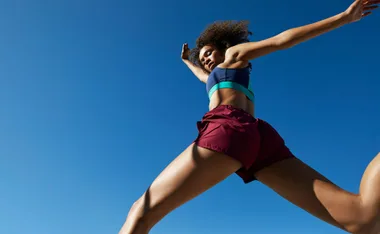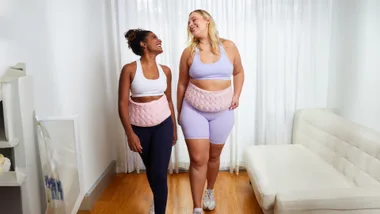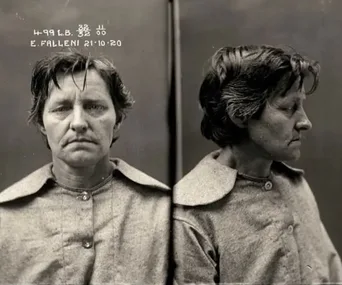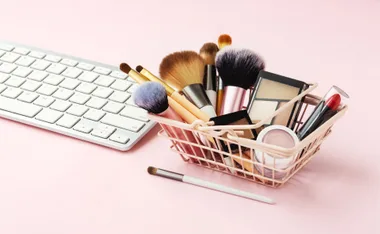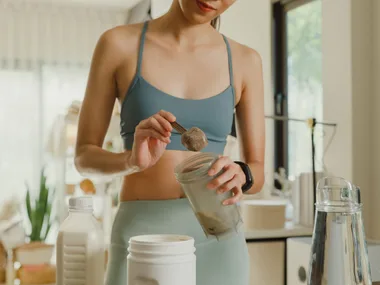I have very, very low self-esteem. I start well on all diets but then can’t get the motivation levels to stay there and that’s what lets me down every time. Hoping you can help.
I wish I had a magic pill to tackle this very common issue for women battling to lose weight. That you’re not alone should be comfort in itself.
It’s a case of chicken or egg — does the extra weight contribute to your low self-esteem or is the low self-esteem contributing to the extra weight? Regardless, one thing we know is that losing weight will definitely improve your self-esteem. What it won’t do is completely put your world to right.
Where people get confused is thinking that once they arrive at their target weight, life will be hunky dory. Life is full of setbacks, regardless of your shape; but it’s how you view these setbacks that’s important. A positive confident person will see a setback as a challenge, something to get over, where a less confident person will see it as a personal blow, something that holds them back in life. The positive person sees it objectively, the negative person subjectively.
Changing the mindset to see things as a challenge is the key to all goals, including weight loss.
Take your mind off your weight for a while and look at how you deal with all issues.
Do you think you’re not good at anything?
Do you constantly remind yourself of events and actions where you haven’t been successful?
Do you feel life is unjust and things are not your fault?
Do you hold off doing things believing you can’t do them?
Are you reluctant to give things another try because in the past you’ve been put down by someone or failed previously at something similar?
Have you convinced yourself that you don’t like supportive, successful people and therefore block attempts to be like them?
Do you fear that any attempt will result in failure?
Do you fear your attempts may be successful?
Do goals and projects seem overwhelmingly hard?
Do you anticipate failure?
Do you feel generally exhausted and unable to muster the enthusiasm to do more than you’re doing right now?
If you’ve answered yes to most of these things, notice that each of the questions asks about whether you feel, fear, anticipate or remember — all things that are going on in your own mind. Of course there will be some things you don’t do as well as others and there will have been times when you’ve been unsuccessful, but that applies to each and every one of us. You can choose to focus on these times or move on.



